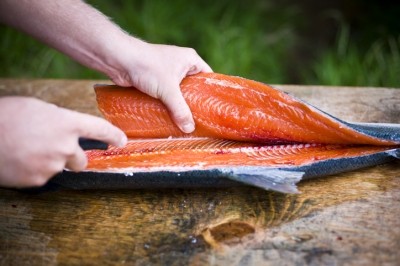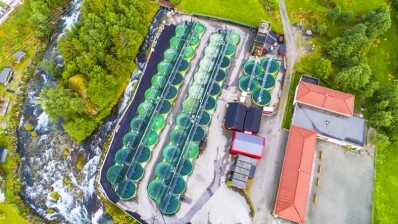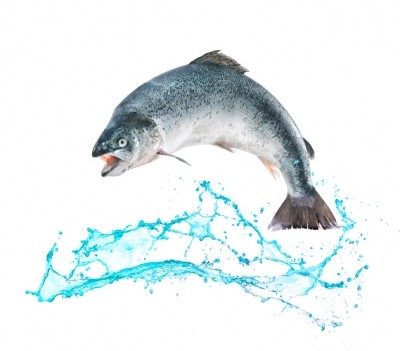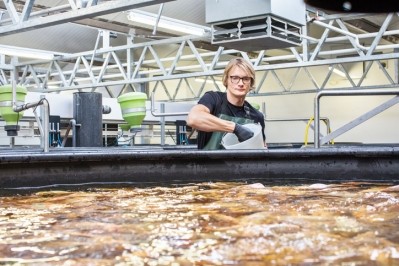BioMar invests $14.5m in Danish factory expansion to meet RAS demand
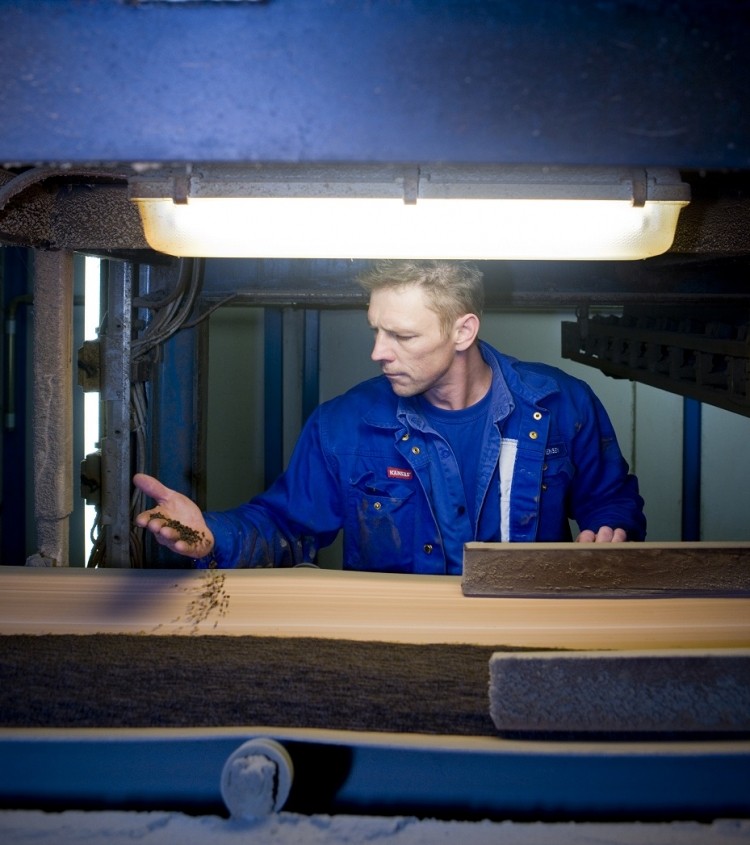
It is adding a new line to its fish feed facility in Brande, Denmark, which it expects to be on stream by Q2 2019.
The Danish producer has set a budget of DKK 90 million (US $14.5m) for the fry and RAS feed capacity expansion project. Once up and running, the new line will bring capacity at that plant to 150,000 tons of feed per year.
The Brande facility is BioMar’s largest production unit in Europe outside the salmon markets. It delivers feed principally for species such trout, eel, sturgeon and salmon in RAS; however in total the factory produces feed for more than 40 species. The factory supplies the countries around the Baltic Sea, in Eastern Europe and in the Northern part of Central Europe as well as trout farmers in the UK, Ireland and Italy. In operation since 1962, recent investments at the site have been aimed at removing bottlenecks and optimizing operational processes.
RAS demand
BioMar is aiming to be at the forefront in terms of feed production for RAS production; it said the new line at the Brande site will be fundamental to that strategy.
Carlos Diaz, CEO of the BioMar Group, told FeedNavigator:
“We see a growing RAS feed market with farmers choosing to keep smolt in hatcheries until they reach a larger size before moving them to grow-out. We have also seen the expansion of RAS technology in grow-out across the world, particularly in salmon.”
He said the BioMar feed innovation team is ready to respond to the specialty needs of the RAS market as it evolves.
“RAS technology has different farming conditions than the open ocean and, hence, the parameters of the feed needs to differ," he added.
Its RAS feed line, Orbit, was first introduced onto the market in 2011. It subsequently extended the initial range in 2015 to include a feed targeting the specific challenges of the production of salmon smolt in RAS.
RAS technology
RAS technology has steadily developed over the past 30 years and is widely used for broodstock management, in hatcheries and increasingly for salmon smolt production, according to a University of Stirling review.
RAS are designed to minimize water consumption, control culture conditions and allow waste streams to be fully managed. They can also provide some degree of biosecurity through measures to isolate the stock from the external environment, noted the authors of that study.
“The progress of RAS for grow-out to market size products has been more restricted and there is a substantial track record of company failures both in the UK, Europe and internationally. The reasons for this are varied, but include challenges of economic viability and operating systems at commercial scales,” they added.
Leroy Seafood, one of the world’s largest producer of sea farmed salmon and trout, opened a recirculation facility in Belsvik, Norway in 2013. It is one of the largest smolt production plants with an annual production of 14 million smolts, and a production area of 11000 m2 comprising 11 separate RAS including three hatcheries and eight grow-out sections.
